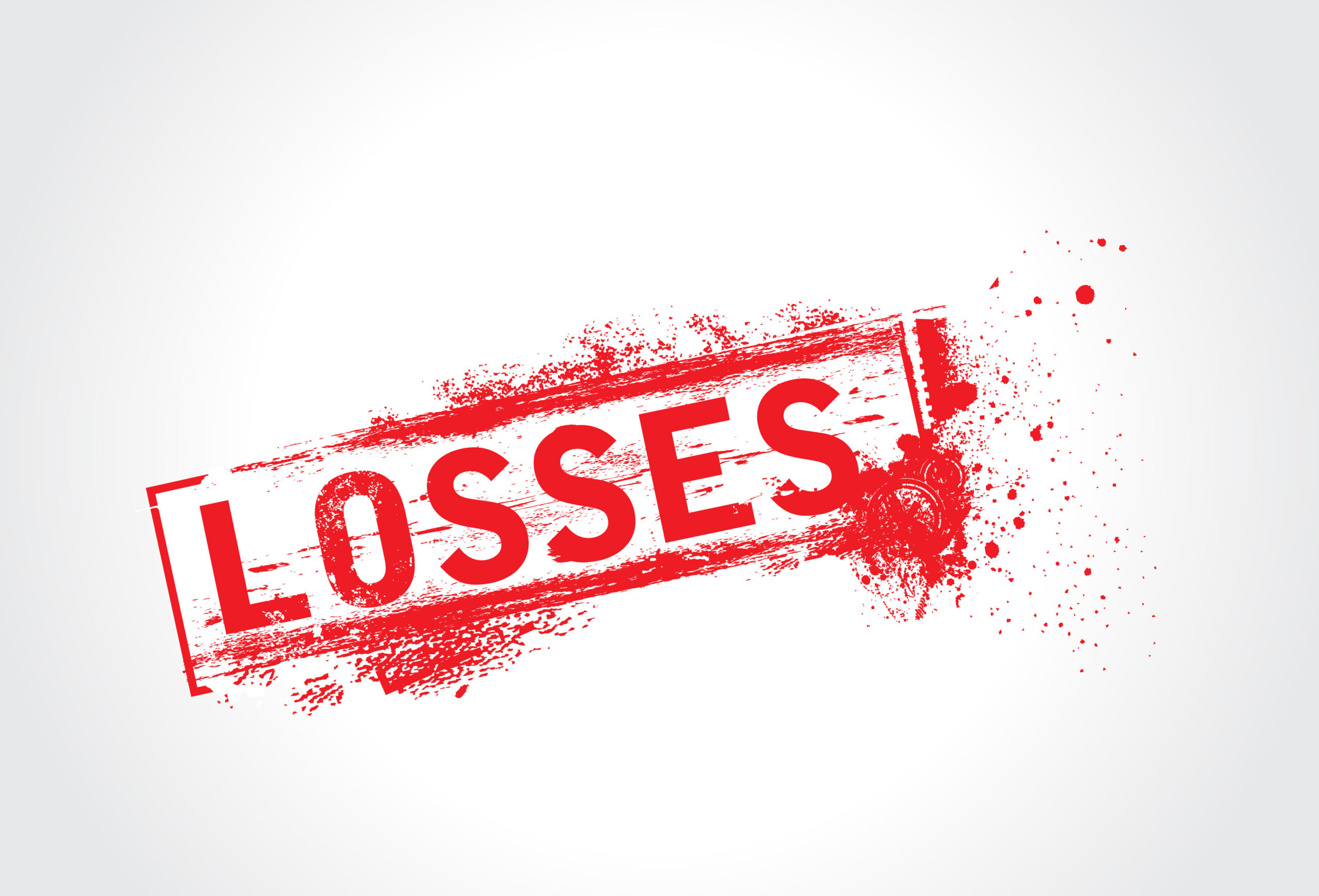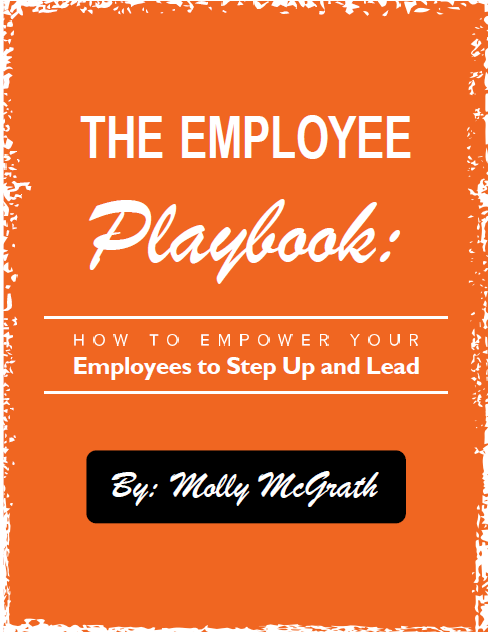
One critical advantage of small, boutique law firms have over big, corporate firms where you, as a client, are just a name in an ocean of names is that small firms offer a more connected, personal experience where clients feel known and valued. I know I strongly prefer the more intimate and personal experience of a small business.
At the same time, when I call a small business, I rarely–if ever–receive any follow-up if I don’t make an immediate purchase, even though, with a little more nurturing, I would!
People contact your law firm because they’re interested in hiring you. Yet time and time again, when I speak with law firm leaders about their revenue and client acquisition struggles, I hear the same old nonsense:
“They weren’t the right fit.”
“They were just tire kickers. They weren’t ready to hire us.”
“I’m not sure why they didn’t end up hiring us. We never heard from them again.”
Again, nonsense! People are busy in today’s world, and if they don’t call you back, it’s probably because they’ve got so much on their plate that it slipped their mind.
For me, I’m an entrepreneur, a wife, and a mom, and may have just gotten sidetracked between a client meeting and dropping my kid off at karate. If a small business I’m ready to buy from, but don’t buy from on first contact, bothered to reach out, they’d make another sale.
Follow-up is an all-too-common failure on the part of SO many businesses, and make no mistake: it is putting a serious dent in your revenue.
What’s probably going on when a small business doesn’t reach out is that they don’t have enough staff to implement a strategic follow-up plan. That’s probably the case for your law firm, too.
You’re occupied with keeping your firm profitable and competitive. Checking in with leads on a regular basis isn’t something your plate has room for, so no one is accountable for making sure it gets done. Yet every day you fail to follow-up with these valuable leads is a day they slip further and further away from you. Instead of continuing to allow that to happen, let’s talk about how to follow up for more revenue.
How To Follow-Up For Revenue
This tried, tested, proven “how-to” system is crafted to fill your calendar with appointments and your bank account with revenue. Best of all, it’s very simple, and my clients who consistently implement it bring back more clients–old and new–and add a bare minimum of $500 a week (usually more) to their revenue. (That’s at least another $2,000 a month!) Here’s how this simple system works.
Step 1: Hire A Dedicated Follow-Up Team Member
While you could start with 20 hours a week, or three days a week, I strongly encourage you to hire someone full-time. That way, if a new lead or old client contacts your office, your team member is there to answer their call and schedule an appointment. This follow-up system won’t help you if you don’t act on successful follow-ups, while hiring a full-time team member may seem like a big step, take the leap of faith and do it.
Also make sure you hire the right person for the job. Not every personality is ideal for follow-up, and getting the right person is critical for success. Use “Kolbe” recommendations and follow best practices to hire the right person–and personality–for the job.
Step 2: Create Your Follow-Up Campaign
Next, put together a list of list clients and/or prospects, organized by year. Start with the most recent year and work backwards to your firm’s inception. Here’s what to include in your follow-up campaign:
-
- Contacts who didn’t take the next step
- Contacts who showed up for a workshop or webinar, but didn’t do anything afterwards
- Contacts who canceled appointments
- Maintenance clients who didn’t renew
Once your lists are together, call, send an email, and mail a letter of re-engagement to every single one. Consider including a special offer in the letter. At the very least, re-introduce your firm and remind them of the services you offer.
Step 3: Start Calling Using This Script
This calling process is very simple and takes an average of 12 minutes. All you do is call, send a follow-up email, and update your database. Your new follow-up team member should be able to make about 40 calls per day. When they do, you can expect to see a return on their position in just one month.
Here’s the phone call script they can use:
“Hello [CLIENT NAME],
This is [YOUR NAME] calling from [LAW FIRM YOU REPRESENT]. Real quick, I am calling today to follow up with you regarding your ______\ _(call, workshop attendance, etc.) on [DAY/DATE]. It has been ______(days/weeks/months) since we last spoke. We know how important it was to take the first step and contact our office, and we want to make certain we have done everything to support your family’s needs and goals. We’d like to extend an offer to you to come in for a complimentary Vision Meeting with attorney_______ , as I am certain a few things have changed in your family since _______. Would next _____\ or _______ work better for you?”
Step 4: Send An Email To Unanswered Phone Calls
If the contact doesn’t answer, immediately send an email. Save time by pasting the email into a document, so it can quickly be copied and pasted into the body of each follow-up email. The contents of the email should read:
“Hello ___,
I hope this message finds you better than well today. Real quick, I wanted to send you a quick email to let you know that I just left a voicemail, as I was reaching out today to follow up with you regarding your _____ (call, workshop attendance, etc.) on [DAY/DATE]. It has been _______ (days/weeks/months) since we last spoke. We appreciate how significant it was to take the first step and contact our office, and we want to ensure we have done everything to support your family’s needs and goals.
We’d like to extend you an offer to come in for a complimentary Vision Meeting with attorney ________, as I am certain a few things have changed in your family since _______. Would next _______ or _______ work better for you? Let me know what works best for you and I will be certain to get this reserved for you.”
Step 5: Send a Letter or Flier
The final step, after calling and emailing, is to mail a letter. A letter should be sent every week (I suggest every Friday), and it should read:
“Hello _______,
I hope this finds you better than well today. I am reaching out to follow up with you regarding your ________ (call, workshop attendance, etc.) on ________. It has been ___(days/weeks/months) since we last spoke and I appreciate how significant it was to take the first step and contact our office.
We want to ensure we have done everything to support your family’s needs and goals, so we’re extending an invitation for you to come in for a complimentary Vision Meeting with attorney_______, as I am certain a few things have changed in your family since ________. Would next ______ or _______ work better for you? Let me know what works best for you and I will be certain to get this reserved for you.”
Including a “Value Add” workshop, for example, or a Social Media for Law Firms workshop, with your letter will drive even more engagement in your response.
With so many untapped resources just waiting for you to follow up, there’s zero reason your law firm should be struggling with revenue. If you are, everything you need to grow your firm is already in place, and with better tracking and follow-up, plus more accountability, you can make it happen.

